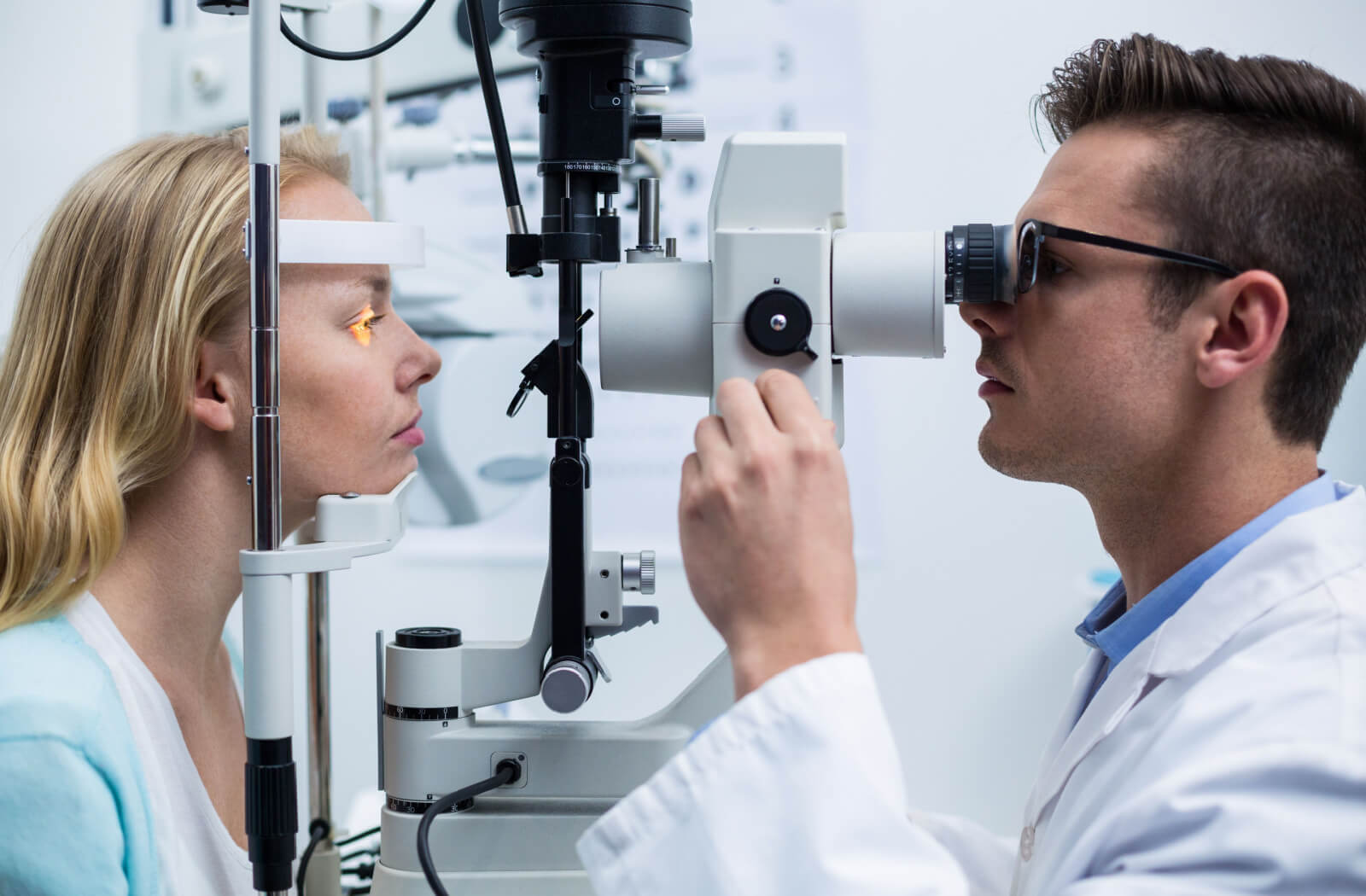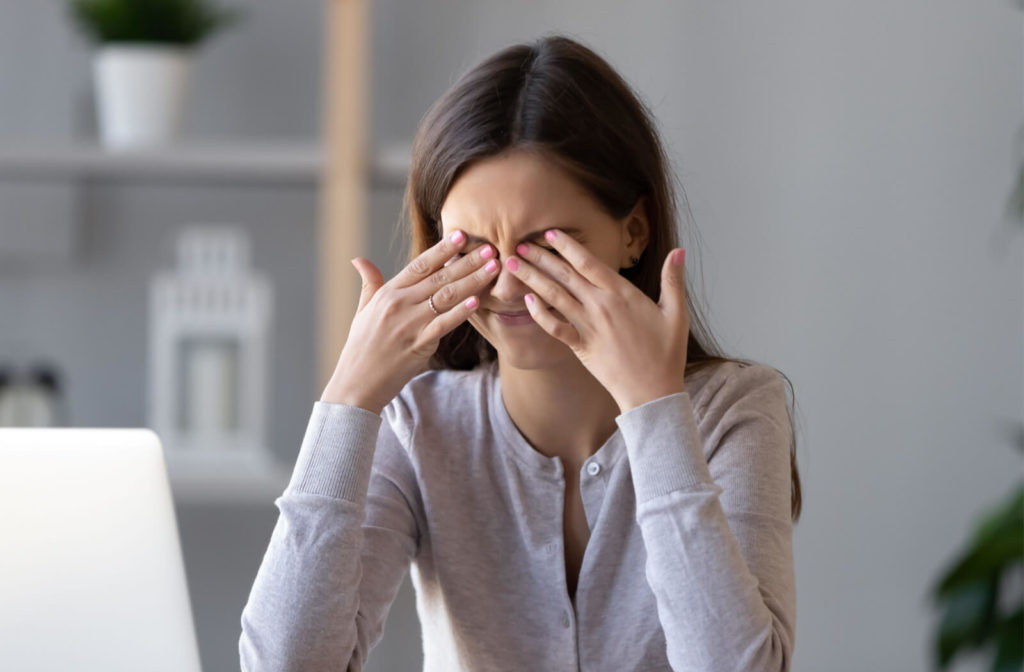Dry eye disease is a common eye condition. You may have dealt with it before if your eyes have burned, felt gritty, or been extra irritated. Dry eyes are caused by a problem with your tear production and can lead to long-term irritation. Fortunately, treatment options are available. LipiFlow is a popular, in-office dry eye treatment, but what exactly is it?
LipiFlow applies gentle pressure and heat to your eyelids, stimulating the oil production needed to prevent tears from evaporating.
What Is Dry Eye Disease?
Dry eye disease is a common eye condition that causes your eyes to feel dry, irritated, and sandy. It’s caused by problems with your tear production.
The tear film protects your eye from debris and dust while keeping it hydrated and healthy. It flushes out irritants and creates a smooth, clear window that allows light to pass through to help you see the world. But the tear film doesn’t always work perfectly. You can develop dry eye disease if the tear film evaporates too quickly or if it lacks an essential component that renders it ineffective.
When there’s an issue with your tear film, your eyes are vulnerable and unprotected, leading to pain and irritation. When the tears evaporate too soon, it’s most often due to meibomian gland dysfunction (MGD).
The meibomian glands produce lipids (oils) essential for your tear film. These oils create a smooth surface and prevent it from evaporating. When there’s a problem with the meibomian glands, it interferes with oil production, leading to the tear film evaporating before it can protect and nourish your eyes.
While MGD can be frustrating, it’s highly treatable with LipiFlow.
What Is LipiFlow?
LipiFlow is a noninvasive approach to treating dry eyes. It has become popular because it targets the root cause of MGD rather than just addressing the symptoms.
There are 2 primary goals of this treatment:
- To restore the natural balance of your tear film so your eyes are protected
- To reduce the uncomfortable symptoms of dry eyes
LipiFlow aims to stimulate the meibomian glands and clear the ducts around them, allowing the oils to reach the tears.
This treatment is quick—it typically takes between 10–15 minutes to treat both eyes.
Along with the quick appointment time, most people find there’s almost no downtime for recovery. Since LipiFlow is effective, noninvasive, and takes very little time for treatment, it’s become a popular choice for dry eye therapy.
How Does LipiFlow Work?
LipiFlow treats MGD by stimulating the area along the eyelids. Using a small, handheld device, an optometrist applies gentle heat and pressure, removing blockages in the meibomian glands and improving their function.
It has 2 parts:
- One small part of the machine goes under the eyelid to apply the heat
- One part rests on the outside of the eyelids and applies small amounts of pressure and vibrations.
As your eyelids begin to warm, the liquefied oils and any debris begin to be removed, restoring the natural function of the ducts and the gland. Once clear of obstructions, your meibomian glands can begin producing the oils needed for your tears.
While LipiFlow is effective, it isn’t a cure for dry eyes. Typically, the results last for about a year or so, but may last longer depending on your lifestyle and specific eye care needs.

Where to Get LipiFlow
If you’re tired of living with the uncomfortable symptoms of dry eyes and don’t know what to do, visit us at Eyes on 34th in Edmonton. One of our experienced optometrists can perform a comprehensive eye exam and give you our professional advice about reducing dry eyes. Book an appointment with us today.




